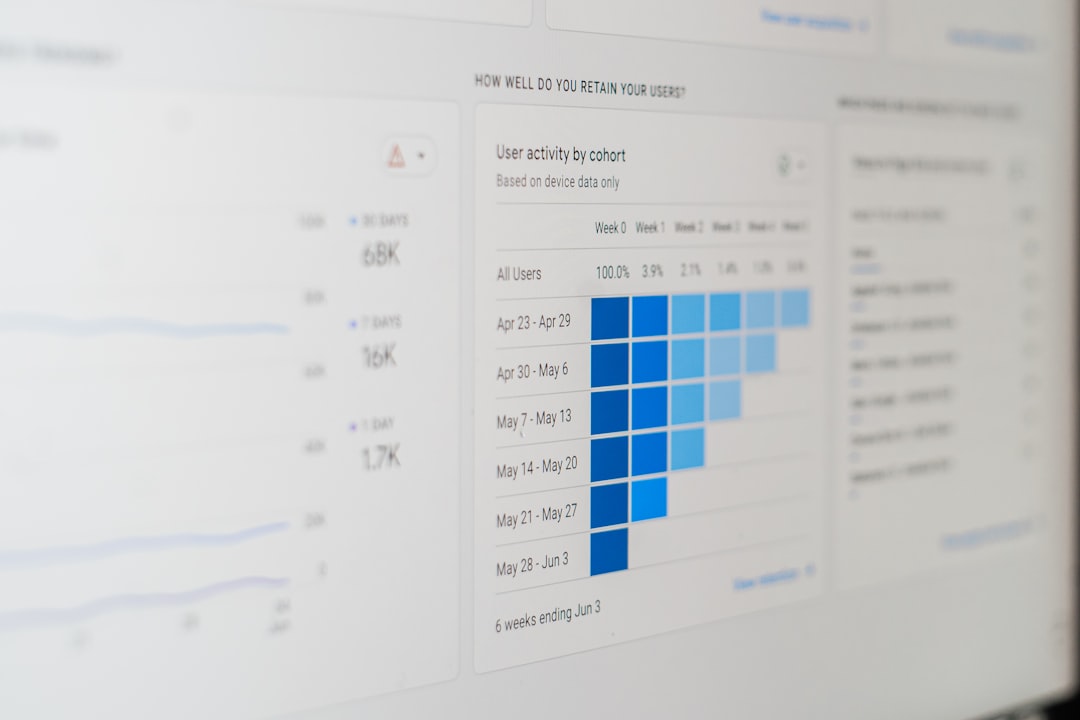
Training Feedback Forms: Likert Scales vs Open-Ended Questions
Gathering meaningful feedback from training sessions is arguably as important as the training itself. Organizations rely heavily on feedback to assess effectiveness, identify opportunities for improvement, and make data-driven decisions about future learning initiatives. Training feedback forms are essential tools in this process, and they often employ a combination of Likert scales and open-ended questions to capture participant responses. But which approach is more effective? Or better yet, how can they be used together for optimal results?
Contents
- 1 Understanding Likert Scales
- 2 Advantages of Likert Scales
- 3 The Role of Open-Ended Questions
- 4 Strengths of Open-Ended Questions
- 5 Comparing Likert Scales and Open-Ended Questions
- 6 When to Use Likert Scales vs Open-Ended Questions
- 7 Tips for Designing Better Feedback Forms
- 8 Leveraging Technology
- 9 Conclusion
Understanding Likert Scales
Likert scales are widely used in training feedback forms because they offer structured, quantifiable insights. These scales typically ask respondents to rate their level of agreement with a statement or their satisfaction with an experience on a scale ranging from, for example, 1 to 5 or 1 to 7.
Common examples of Likert scale prompts include:
- “The trainer communicated effectively.”
- “The training materials were helpful.”
- “I feel more confident in applying what I learned.”
Participants might respond using options such as:
- Strongly disagree
- Disagree
- Neutral
- Agree
- Strongly agree
This method provides clear numerical data, enabling organizations to track trends over time and benchmark performance across different training sessions.

Advantages of Likert Scales
There are several reasons Likert scales are favored in feedback forms:
- Quantitative Analysis: Data collected is easy to input into statistical software, which allows for fast analysis and reporting.
- Standardization: Because Likert scales present the same set of response options to all participants, it’s easier to compare responses across different groups.
- User-Friendly: Respondents generally find it quick and simple to complete Likert items.
Despite these benefits, Likert scales alone have limitations. Their structure doesn’t allow respondents to elaborate on their answers. This is where open-ended questions come into play.
The Role of Open-Ended Questions
Open-ended questions invite participants to provide detailed, personalized feedback in their own words. They typically appear at the end of a feedback form and may ask:
- “What did you find most valuable about the training?”
- “What areas of the training could be improved?”
- “Do you have any additional comments or suggestions?”
Unlike Likert scales, open-ended responses generate qualitative data—rich narrative feedback that can reveal nuanced opinions, new ideas, and even emotional responses that numerical ratings cannot convey.
Strengths of Open-Ended Questions
Here are key reasons to include open-ended questions:
- Depth and Insight: Open responses can highlight specific aspects of the training that were particularly helpful or problematic.
- Unexpected Discoveries: Respondents may offer suggestions or comments that hadn’t been previously considered by the training organizers.
- Personalization: Open-ended questions give participants a voice and make them feel their opinions truly matter.
However, this form of input comes with its own set of challenges, primarily in the time-consuming nature of analyzing large amounts of qualitative data.

Comparing Likert Scales and Open-Ended Questions
| Criteria | Likert Scales | Open-Ended Questions |
|---|---|---|
| Data Type | Quantitative | Qualitative |
| Ease of Analysis | Easy | Time-consuming |
| Respondent Effort | Low | High |
| Level of Insight | General | In-depth |
| Standardization | High | Low |
When to Use Likert Scales vs Open-Ended Questions
Incorporating both types of questions can often strike the right balance. But understanding when one type may be more beneficial than the other is key:
- Use Likert scales when you need broad survey data from many respondents, want to measure satisfaction levels, and aim to compare sessions statistically.
- Use open-ended questions when you want to gather in-depth feedback about specific parts of the training, learn from participant experiences, or explore suggestions for future improvements.
Here’s an effective strategy: Start with Likert scales to gather an overview, then follow up with open questions to explore the “why” behind the ratings. This method enables triangulation of data, adding context and credibility to the feedback collected.
Tips for Designing Better Feedback Forms
Creating an effective training feedback form requires thoughtful design and a clear understanding of your evaluation goals. Here are some practical tips:
- Keep it Short and Focused: Long forms may discourage completion. Aim for a balance between thoroughness and brevity.
- Avoid Ambiguity: Ensure questions — especially Likert statements — are clear, focused, and easy to understand.
- Guide Open-Ended Responses: Be specific in your prompts so participants know what kind of feedback is helpful.
- Pilot Test Your Form: Before rolling out the feedback form widely, test it with a small group to catch confusing or ineffective questions.
- Use Mixed Methods Wisely: Combine Likert scales and open-ended questions to get both breadth and depth.
Leveraging Technology
Digital tools and platforms can ease the process of analyzing both quantitative and qualitative data. Many survey platforms now offer sentiment analysis and word cloud visualizations that help break down open responses more efficiently. These tools make it easier for training coordinators to translate complex feedback into actionable strategies.

Conclusion
Likert scales and open-ended questions both bring unique strengths to training feedback forms. Rather than thinking of one as better than the other, it’s more effective to view them as complementary instruments. While Likert scales provide a snapshot supported by metrics, open-ended responses bring that snapshot to life with narrative and color.
By thoughtfully combining these question types, organizations can elevate their feedback mechanisms and, in turn, the quality of their training programs. Every voice matters, and giving participants multiple ways to share their perspectives is the clearest path to continuous improvement.
